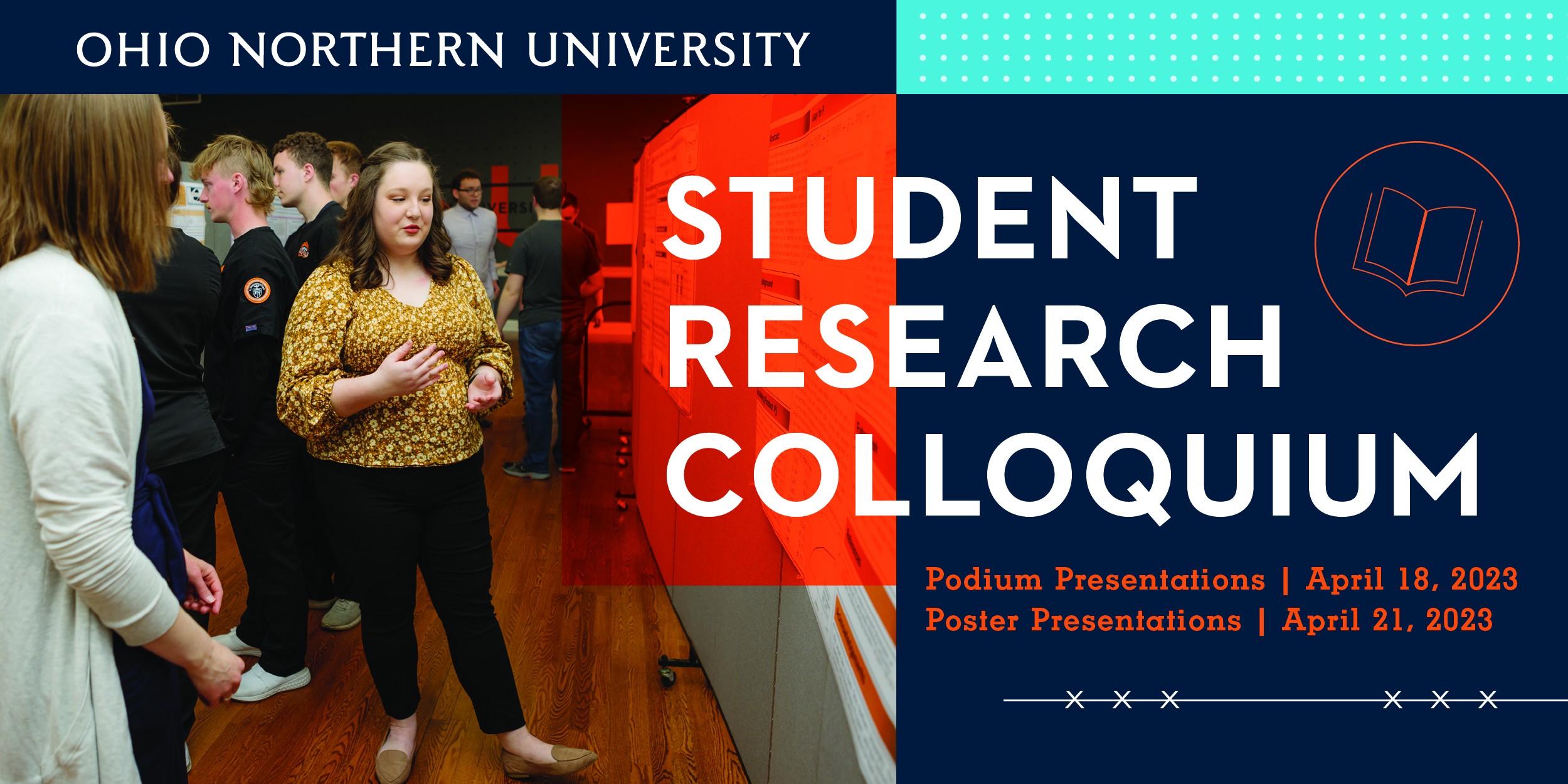Advisor(s)
Phillip R Zoladz
Confirmation
1
Document Type
Poster
Location
ONU McIntosh Center; McIntosh Activities Room
Start Date
21-4-2023 10:00 AM
End Date
21-4-2023 10:50 AM
Abstract
Most research examining the impact of stress on learning and memory has exposed participants to a stressor and measured how it affects learning and memory for unrelated material (e.g., list of words). Such work has been helpful, but it has not been the most translational to the human condition. When considering phenomena such as intrusive memories in post-traumatic stress disorder (PTSD) or an eyewitness's memory for a crime, it is most useful to know what an individual remembers about the stress experience itself, not unrelated information. In prior work, investigators used a modified version of the Trier Social Stress Test (TSST) to quantify participant memory for the stressor. We aimed to replicate this work by examining participant memory for the TSST and extend on it by quantifying false and intrusive memories that result from TSST exposure. Forty-six undergraduate students from Ohio Northern University were exposed to the TSST or the friendly-TSST (f-TSST). The TSST required participants to deliver a ten-minute speech in front of two lab panel members as part of a mock job interview; the f-TSST required participants to casually converse with the panel members about their interests and hobbies. In both conditions, the panel members interacted with (central) or did not interact with (peripheral) several objects sitting on a desk in front of them. Participants’ anxiety levels were assessed before and after the TSST or f-TSST, and saliva samples were collected to assay for cortisol. The next day, participants’ memory for the objects that were present on Day 1 was assessed with recall and recognition tests. We also quantified participants’ intrusive memories for each task by having them complete an intrusive memory questionnaire on Days 2, 4, 6, and 8. Participants exposed to the TSST exhibited greater recall of central objects than participants exposed to the f-TSST. There were no differences observed for the recall of peripheral objects or for recognition memory. Interestingly, TSST exposure increased false recall in males, but reduced it in females. Females exposed to the TSST also showed greater evidence of intrusive memories than males exposed to the TSST. Consistent with prior work, these findings show that stress enhances memory for the central details of a stressful experience. They also extend on prior work by showing that stressful experiences sex-dependently impact the manifestation of false and intrusive memories. This is the first study of which we are aware to quantify intrusive memory formation with the TSST; the modified TSST paradigm may be useful in understanding differential susceptibility to intrusive memory formation and the development of PTSD.
Recommended Citation
Cordes, Chloe N.; Pfister, Cassidy L.; Boaz, Kayla M.; Niese, Taylor D.; Parker, Sydney L.; Long, Kristen E.; Stanek, Mercedes L.; Risner, Matthew S.; Blasco, John G.; Suzelis, Koen N.; Siereveld, Kelsey M.; Carnes, Shannon B.; Rorabaugh, Boyd R.; and Zoladz, Phillip R., "Tunnel vision, false memories, and intrusive memories following exposure to the Trier Social Stress Test" (2023). ONU Student Research Colloquium. 50.
https://digitalcommons.onu.edu/student_research_colloquium/2023/posters/50
Level of Access
Open Access
Open Access
Available to all.
Tunnel vision, false memories, and intrusive memories following exposure to the Trier Social Stress Test
ONU McIntosh Center; McIntosh Activities Room
Most research examining the impact of stress on learning and memory has exposed participants to a stressor and measured how it affects learning and memory for unrelated material (e.g., list of words). Such work has been helpful, but it has not been the most translational to the human condition. When considering phenomena such as intrusive memories in post-traumatic stress disorder (PTSD) or an eyewitness's memory for a crime, it is most useful to know what an individual remembers about the stress experience itself, not unrelated information. In prior work, investigators used a modified version of the Trier Social Stress Test (TSST) to quantify participant memory for the stressor. We aimed to replicate this work by examining participant memory for the TSST and extend on it by quantifying false and intrusive memories that result from TSST exposure. Forty-six undergraduate students from Ohio Northern University were exposed to the TSST or the friendly-TSST (f-TSST). The TSST required participants to deliver a ten-minute speech in front of two lab panel members as part of a mock job interview; the f-TSST required participants to casually converse with the panel members about their interests and hobbies. In both conditions, the panel members interacted with (central) or did not interact with (peripheral) several objects sitting on a desk in front of them. Participants’ anxiety levels were assessed before and after the TSST or f-TSST, and saliva samples were collected to assay for cortisol. The next day, participants’ memory for the objects that were present on Day 1 was assessed with recall and recognition tests. We also quantified participants’ intrusive memories for each task by having them complete an intrusive memory questionnaire on Days 2, 4, 6, and 8. Participants exposed to the TSST exhibited greater recall of central objects than participants exposed to the f-TSST. There were no differences observed for the recall of peripheral objects or for recognition memory. Interestingly, TSST exposure increased false recall in males, but reduced it in females. Females exposed to the TSST also showed greater evidence of intrusive memories than males exposed to the TSST. Consistent with prior work, these findings show that stress enhances memory for the central details of a stressful experience. They also extend on prior work by showing that stressful experiences sex-dependently impact the manifestation of false and intrusive memories. This is the first study of which we are aware to quantify intrusive memory formation with the TSST; the modified TSST paradigm may be useful in understanding differential susceptibility to intrusive memory formation and the development of PTSD.

